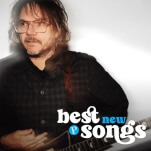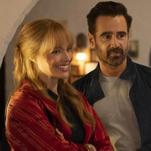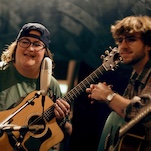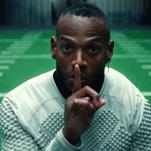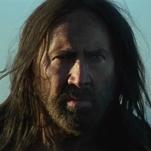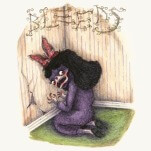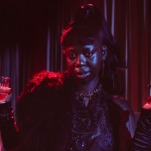The Definitive Lollapalooza 2016 Undercard Preview
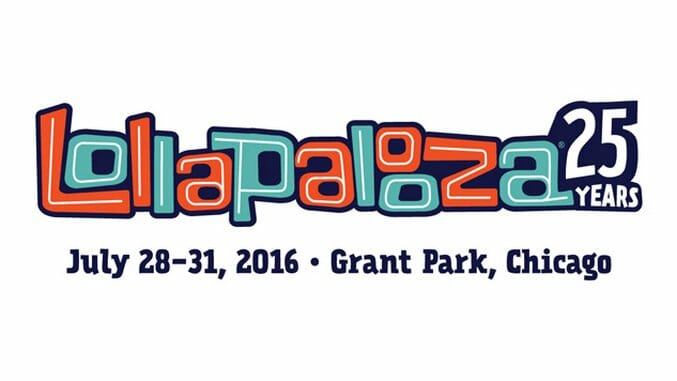
Ah, Lollapalooza…the centerpiece of festival season, the apex of the hot, humid, nasty Chicago summer. The city’s department of transportation is probably already in combat mode. Northwestern Hospital is probably already preparing beds for legions of dehydrated, alcohol-poisoned teens. Coming just two weeks after a stellar Pitchfork Fest that much of the local press considered to be well-run and perfectly sized, Lollapalooza is going to look bloated as hell with its eight stages scattered around the square mile of Grant Park.
But that doesn’t mean it’s worth skipping Lolla, particularly if you’re within driving distance of Chicago and you weren’t one of the six people at Bonnaroo. This is the festival’s 25th anniversary, and to celebrate, founder Perry Farrell added a fourth day of music, pushing its start date forward to Thursday, July 28. That translates to 44 additional acts—the number of artists featured over the three-day entirety of Pitchfork. It’s overwhelming, to be sure, but luckily, we’re here to point out some of the must-see performances and make your Lollapalooza a little easier to handle.
We’re assuming that you’ve got the essential headliners—Radiohead, Grimes, LCD Soundsystem, The 1975, even the Red Hot Chili Peppers, whose most recent album is surprisingly decent—in your sights. So we’ll be focusing on a few undercard acts from each day that you absolutely must fit into your schedule.
Thursday, July 28
Pinegrove
It feels weird to describe a band as both emo and country, but somehow these Montclair, N.J. natives make it work. The group’s label debut, Cardinal, has been one of the most pleasant surprises of the year, ranking 12th on our list of 2016’s best albums so far. Evan Stephens Hall howls his poignant millennial anxiety over a rich bed of music that ranges from bluesy guitar riffs to soulful banjo picking. In the words of my colleague Mady Thuyien, “Pinegrove are the cartographers of our innermost anxieties and heartbreak—forcing us to orient ourselves with the latitude and longitude of our early lives in those moments when we feel completely lost.”
Lucy Dacus
Another newcomer to make a big splash in 2016, Richmond native and recent Matador signee Lucy Dacus plays right after Pinegrove finishes up. She’ll be exactly the shot of optimism and unfettered will you’ll need, the rare indie rocker whose emotional thesis centers on the concrete beauty of the world instead of the melancholy that consumes too many of her peers. In terms of sound, think if Sylvan Esso’s Amelia Meath decided to emulate the Smashing Pumpkins’ more delicate moments.
Hiatus Kaiyote
One of the very best practitioners of the futurisric neo-soul movement that also includes acts like Kaytranada and The Internet, this Australian quartet quietly made one of 2015’s best albums, Choose Your Weapon. They’re more chill than trippy, singer/songwriter Nai Palm’s equal parts dusky and smooth voice flowing like molasses over shimmery, keys-driven music, reviving the best of late ‘90s golden age R&B and pairing it with earworm-y modern production. It’s hard to say how their set will feel, but we’d guess it’ll be an ideal mid-afternoon relaxation opportunity.
Friday, July 29
HÆLOS
Recent Best of What’s Next featureé HÆLOS takes the template of a CHVRCHES or a Purity Ring and strips it down to a beautiful, minimalist skeleton more reminiscent of Massive Attack, relying on ethereal vocal layers that give the band’s otherwise ‘80s-influenced synth profile a primal, almost tribal undertone that resonates at the frequency of the universe. The British trio’s debut album, Full Circle, blew our reviewer John Brandon’s mind: “I wish more bands would create auditory revelations like this collection,” he wrote.
Day Wave
Another recent Best of What’s Next subject, Day Wave is the solo project of former Carousel member Jackson Phillips. His introspective debut EP, Hard to Read, feels like if Death Cab For Cutie had been raised in the endless sun of a California coastline instead of Seattle gloom. The record’s combination of warm, sandy guitar and synth tones, Brian Wilson-esque vocal melodies, and the surprisingly low lyrical self-esteem on songs like “Drag”—which caught Mark Hoppus’ attention—leaves you simultaneously aware of your flaws and your ability to fix them. It’s perversely uplifting.
-

-

-

-

-

-

-

-

-

-

-

-

-

-

-

-

-

-

-

-

-

-

-

-

-

-

-

-

-

-

-

-

-

-

-

-

-

-

-

-


